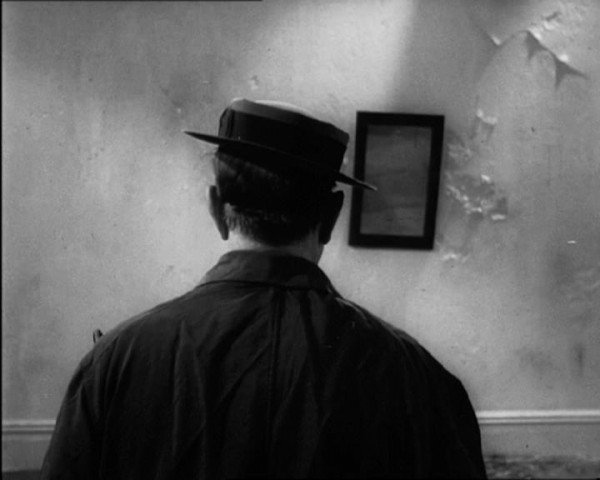NotFilm

New documentary on Samuel Beckett‘s Film.
In 1964 author Samuel Beckett set out on his only journey to America, to undertake one of the strangest ventures in cinematic history: his collaboration with silent era genius Buster Keaton on a short, almost-silent avant-garde film. The production FILM BY SAMUEL BECKETT, was beset with trouble from the start. The entire first scene was unhappily eliminated, and Keaton suffered terribly in the hottest days of a blistering Manhattan summer. The soon-to-be Nobel laureate Beckett never saw eye-to-eye with the legendary slapstick star, and the film they made – along with theater director Alan Schneider, renegade publisher Barney Rosset, and Academy Award-winning cinematographer Boris Kaufman – opened at the Venice and New York Film Festivals to a bewildered reception. In the decades since, it’s been the subject of praise, condemnation, and ongoing controversy. Yet the eclectic participants are just one part of a story that stretches back to the very birth of cinema, and spreads out to our understanding of human consciousness itself.
Nearly fifty years after FILM’s making, archivist/filmmaker Ross Lipman was at Barney Rosset’s Fourth Avenue walkup apartment to begin work on the restoration of the 22-minute short. Innocently, he asked about the footage of the famed missing scene, which was initially to comprise nearly a third of the film. Rosset ’s mournful reply was, “No, that’s lost. But I have other outtakes in the cupboard.” Lipman then foraged under Rosset’s kitchen sink, where he found piles of rusty film cans, unopened for many years. This was intriguing, but it wasn’t until Lipman’s return to Los Angeles that he inspected the reels and made the biggest discovery – the cans did in fact contain the missing sequence, which Beckett had reluctantly jettisoned under duress after the first day of shooting. An even bigger surprise, a short time later Rosset delivered old audio recordings of Beckett at work on FILM’s production, in impassioned dialogue with director Schneider, cinematographer Kaufman, and the rest of the production team. These tapes are all the more unique in that the notoriously media-shy Beckett made a rare exception to his close friend Rosset in allowing the recording. Until this discovery, there were only two known existing audio fragments and one brief video with Beckett’s legendary melodious Irish voice — totaling just a few minutes. Rosset’s compiled recordings lasted over two hours and offered a view of Beckett’s work in the midst of creation! Together with the recovery of the missing scene’s footage, they comprise a once-in-a-lifetime find and a major addition to our understanding of one of the past century’s greatest artists. The audio recordings have been preserved at the Syracuse University Library Special Collections Research Center.
